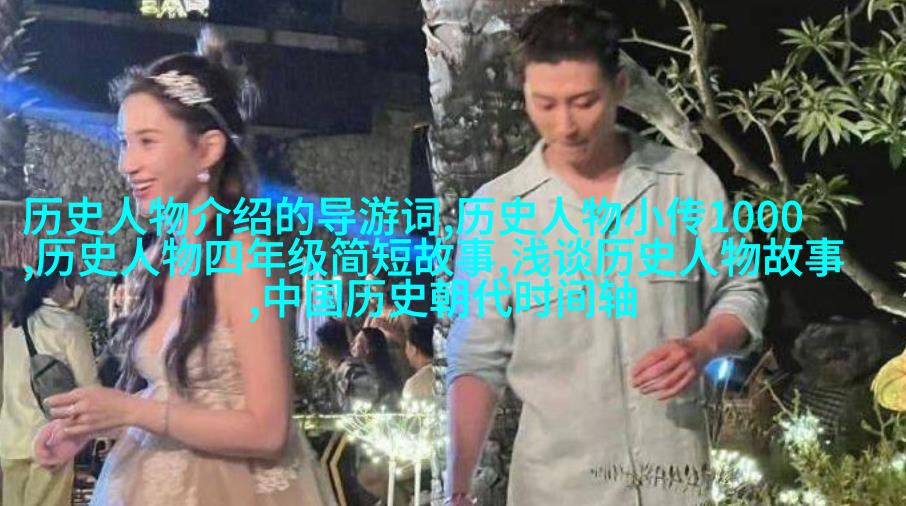Unveiling the Mystique of Chinese Mythology: 100 Enchanting Tales from Ancient Legends

The Celestial Bureaucracy: A Glimpse into Heaven's Administration
In ancient Chinese mythology, the celestial bureaucracy was an intricate system that governed the workings of heaven and its inhabitants. This hierarchical structure was headed by the Jade Emperor, who ruled over a multitude of deities and immortals responsible for various aspects of life on earth. Each deity held a specific position within this bureaucracy, with roles ranging from governing natural elements to overseeing human affairs. For instance, Chang'e, the goddess of the moon, was tasked with maintaining harmony in relationships between lovers while her husband Hou Yi protected humanity from ten suns that threatened to destroy it.

The Eight Immortals Crossing the Sea
The Eight Immortals Crossing the Sea is one such tale that showcases their unique abilities and personalities as they navigate through treacherous waters to reach China's sacred Mount Tai. Their journey is filled with obstacles and challenges but ultimately leads them to enlightenment and spiritual growth. Each immortal has a distinct appearance or carries an object symbolizing their power or skillset – such as Iron Crutch Li wielding his iron crutch for defense against evil spirits or Zhongli Quan using his lotus fan to control water.

Meng Po's Elixir of Forgetfulness
Meng Po's elixir represents another fascinating aspect of Chinese mythology where she serves as a guardian at Yama's court in charge of guiding souls towards reincarnation based on their deeds during life on earth. Her elixir helps souls forget about their past lives before entering new ones, thus ensuring balance in karma across multiple lifetimes.

The White Snake Legend
The White Snake legend revolves around Xue Lian (also known as Bai Suzhen), an enchanting white snake spirit who falls deeply in love with mortal man Xu Xian after taking human form via magic pills given by her fellow spirit Ge Hong (Zhang Guolao). Together they face numerous challenges including encounters with Buddhist monk Fahai who seeks revenge against Xue Lian due to misunderstandings surrounding her true identity.

5.Five Elements Theory: Harmony Among Nature & Humanity
Lastly, we look at how ancient myths intertwined nature and humanity through Five Elements Theory - wood (spring), fire (summer), metal (autumn), water (winter) & earth - each element being associated with different colors representing balance among yin-yang principles within nature itself along humans' emotional states influencing our surroundings effectively illustrating interconnectedness between all things under this theory which continues shaping modern practices like Feng Shui today
